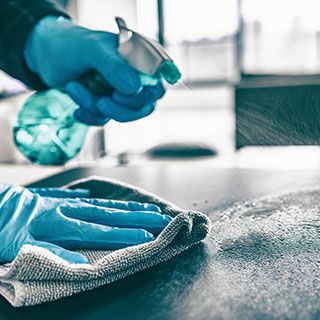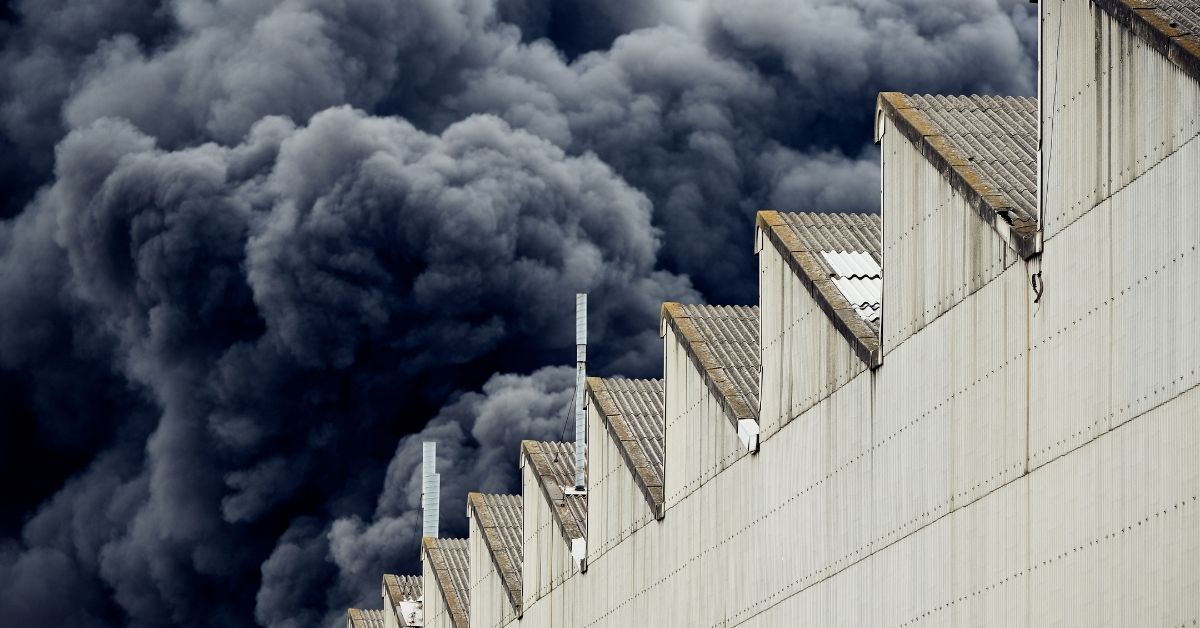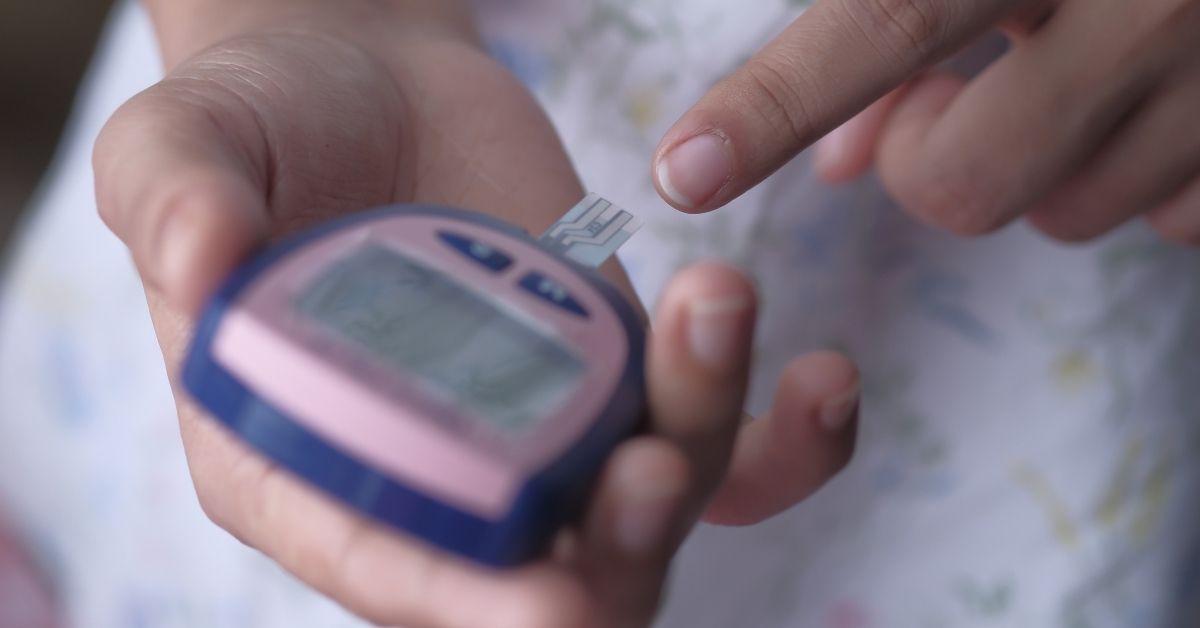We have known for some time that the main method of transmission for Covid-19 is airborne. Tiny particles of the virus are released into the surrounding environment when an infected person coughs, sneezes and talks. But have you ever stopped to think what happens to the viral particles days or weeks later? Do they hang around? If yes, where are they? Earlier this year, a team of scientists from the University of Texas carried out a study that aimed to answer some of these questions.
Samples were taken from an apartment where both occupants contracted Covid-19. The first sample was taken one month after symptoms had subsided, the second was taken two months after the first sign of symptoms.
Viral particles were present on 50% of the surfaces tested
Samples were taken from 24 surfaces around the home, including the HVAC systems, furniture, as well as kitchen and bathroom surfaces. Of all the samples taken, around half (47%) tested positive for Covid-19.
Using household cleaners proves to be effective
Areas that were regularly cleaned with detergents, such as bathroom taps, the toilet seat, the kitchen counter tops and the kitchen table, tested negative for the virus. However, other areas, such as the top of the TV, the HVAC system and the carpeting under the bed, were not cleaned as often and all tested positive.
Your HVAC system is not enough
It’s no surprise that viral particles were present in the HVAC unit. As air passes through the system, some contaminants will be trapped inside the filter. However, the high level of viral particles found in the bedroom carpet and on top of the TV show two things, firstly, vacuuming alone is not sufficient to remove the virus from a carpet. And secondly, the HVAC system cannot be relied on to remove viral particles from the air, as so many had fallen onto the carpet around the bed and on top of the TV.
Covid-19 can travel
Samples were taken from all rooms in the apartment. The second bedroom remained empty for the duration of the study but despite this, viral particles were present. There are a number of ways this can happen, the most obvious is that particles were transported via the HVAC system. They may have also entered the unoccupied bedroom via cracks in the door. They could also have been walked into the room from other areas of the home. Whatever the mode of transport, it is clear that Covid-19 has the ability to travel from room to room.
What do we know?
At this stage, there are still many unknowns. We know large numbers of viral particles were found around the home, months after the initial outbreak. We know Covid-19 particles can survive for 28 days or more. Does that put us at greater risk in the months after the outbreak? We won’t know the answer to that until we know how many particles are needed for a person to become infected.
Another known is that Covid-19 can travel, which has serious implications for anyone with the virus, who is trying to prevent others in the same household from becoming infected.
And finally, the presence of viral particles on the TV and under the bed tell us that, even with the HVAC running, the environment was heavily contaminated.
Experts recommend Certified HEPA Material filtration
In order to reduce the number of airborne viral particles, the research team recommends the use of Certified HEPA Material filtration. Effective Certified HEPA Material filtration will ensure airborne pollutants are captured before they have a chance to land on surfaces. Any stray particles can then be removed with regular cleaning, using a household detergent.
Protect your family with Austin Air!
Here at Austin Air, we have been manufacturing Medical Grade Certified HEPA Material Air Purifiers for more than thirty years. Our units are designed to remove a wide range of airborne contaminants including viruses*. If you would like more info on our product range, please don’t hesitate to contact one of the team today. We’re always happy to help!!
Protect those who matter most, with Austin Air.
*Covid-19 is a new strain of virus that as yet, remains untested. However, the Medical Grade Certified HEPA Material technology used in our filters is proven to remove up to 99% of all airborne contaminants as small as 0.1 microns.



